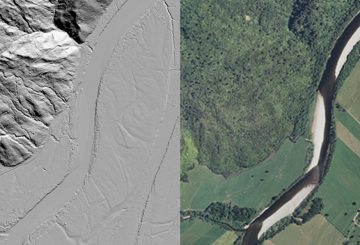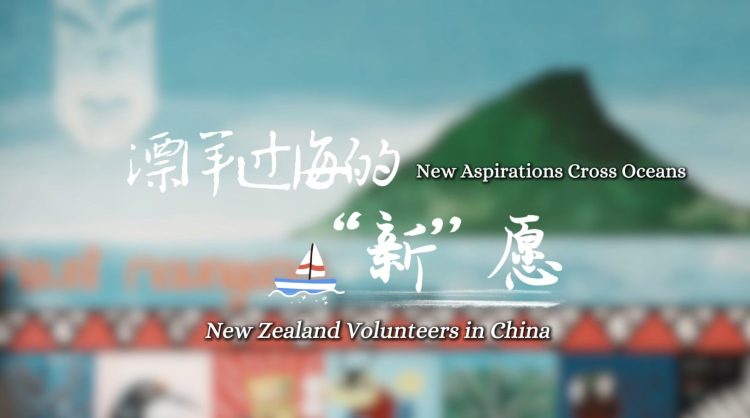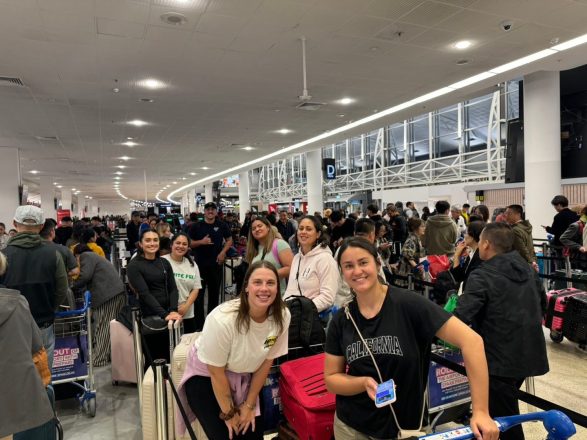An investigation found that the Te Oranga Care and Protection Residence in Christchurch was poorly managed and lacked resources when it closed. This closure happened in 2021 after a video showed staff using excessive force on troubled teens.
In response to these incidents, Oranga Tamariki CEO Wira Gardiner admitted that the force used against the children was excessive. An official investigation revealed that the staff-to-child ratio (4 staff for 10 children) was unsafe, especially for kids with complex needs.
The residence was described as “chronically under-resourced,” leading to overwhelming workloads for the staff. Training and supervision were also inadequate, and there was not enough clinical support. This lack of proper management resulted in serious safety risks. Staff morale was low, causing stress and burnout, which contributed to poor practices among employees.
The investigation also showed that there were health and safety risks, and poor communication led to unaddressed concerns and fear among staff about potential repercussions.
The staff involved in the videos were suspended while police and Oranga Tamariki investigated. There was not enough evidence for any criminal charges, so no one was prosecuted. Oranga Tamariki’s general manager, Natalie Richardson, stated that all incidents had been fully investigated.
Currently, the Te Oranga residential service is not operational. Richardson mentioned that they are considering the future of Te Oranga. A few administrative staff remain to support community homes in the area.





























































